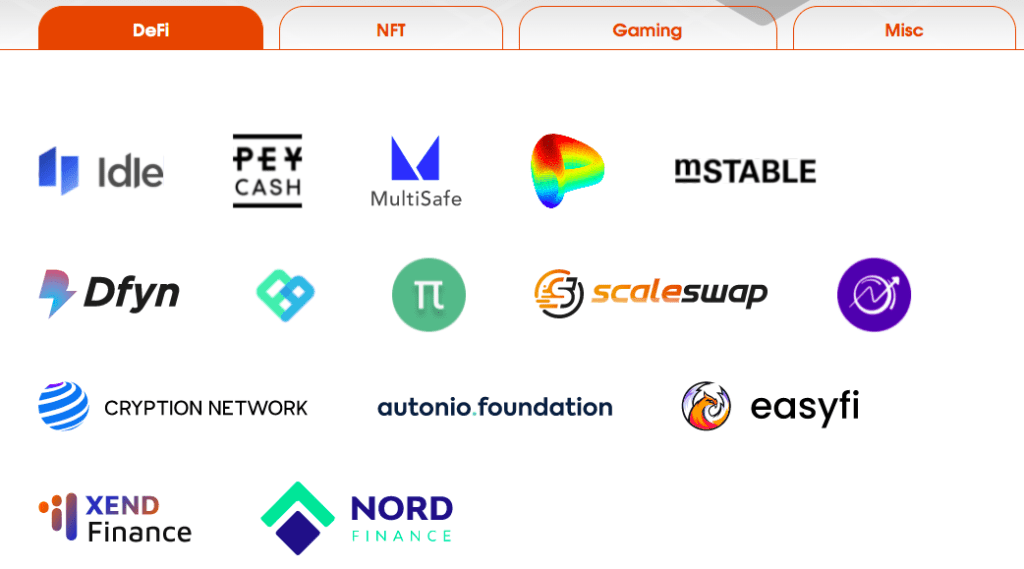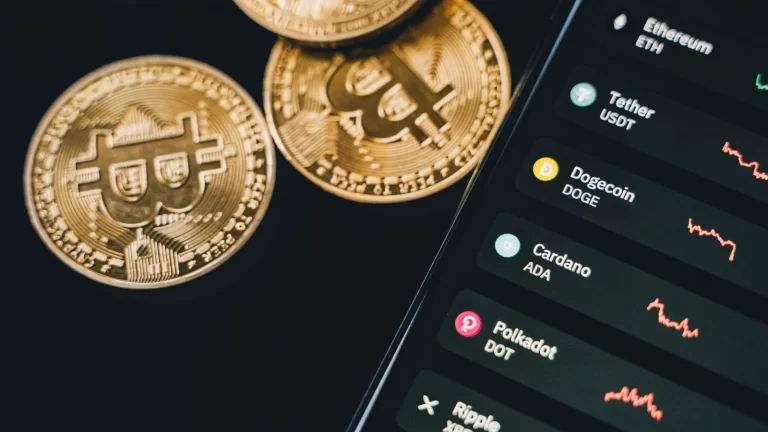Biconomy – Multichain Relayer Protocol Review
What is Biconomy?
Described as a next generation Multichain Relayer Protocol that will take Web 3.0 mainstream, Biconomy (BICO) is aiming to provide scalable relayer infrastructure that is non-custodial and gas-efficient. Biconomy is effectively trying to simplify transaction processes for Web3 applications.
The architecture of Biconomy makes it possible for users to conduct gasless transactions and also allows users to purchase gas using their ERC20 or DApp token of choice. With their technology, sophisticated processes such as switching between blockchain networks can be avoided.
Breaking down Biconomy’s technology
Their SDK or APIs make it possible to have customised transactions that are easy for the end-user to carry out. The idea is that by doing this, users’ Web 3 experiences can be more seamless which will ultimately mean a decrease in drop-off rates and increased user adoption. Quantstamp, Certik, Halborn and MixBytes are reported to have audited Biconomy’s smart contracts. The project also has major support and is backed by some notable players in the crypto ecosystem.

Biconomy is trying to solve numerous problems and provide solutions that make it easy to onboard users to Web 3 platforms. Their vision is to eliminate gas fees and also monitor gas prices based on the congestion of the network and the mempool. They also plan to keep track of nonces and manage transaction queues. In addition, they hope to ensure that relayers can be scaled as transactions increase and ultimately enable auto funding of relayers. When it comes to security, they are looking to mainly address relayers private key management to ensure high levels of security.
What’s unique about Biconomy’s blockchain-powered solutions?
The Biconomy ecosystem is expanding. They have three main flagship products:
- Gasless/Mexa – the solutions are focused on making it possible to have gasless transactions in decentralized applications and enabling users to choose to either utilize the EIP 2771 standard implementation or an alternative customized implementation.
- Forward – presents a feature that is not currently available on Ethereum – a feature that enables users to pay transaction fees with tokens of their choosing.
- Hyphen – is designed to enable faster and cheaper token transfers while maintaining token liquidity on both ends of different blockchains. Hyphen is also meant to solve the problem of transferring funds from Layer 2 to Layer 1 blockchains. Biconomy describes the solution as simple APIs that let users offer instantaneous value transfers between EVM chains and different layer 2 networks easily.
According to Biconomy, they have over 35+ DApps leveraging their multi-chain stack in order to provide best-in-class service to users within their ecosystem which they refer to as Bicosytem.

Biconomy relayer infrastructure network is being utilized by numerous protocols including Perpetual Protocol which is using Biconomy to offer gasless transactions to traders on the xDAI chain. Curve Finance is utilizing Biconomy for meta transactions on gasless Bitcoin deposits which means users can essentially deploy their idle BTC in order to provide liquidity without paying gas to swap them for renBTC.
Biconomy’s (BICO Token) Explained Simply
The native work and governance token of Biconomy’s multi-chain relayer protocol is $BICO token. The ERC-20 token has utility as it will be used for paying network fees, however, it will also act as a governance token that affords holders the right to vote on network governance proposals and BICO holders will have the right to submit proposals for consideration by the wider Biconomy community.
Node operators will be required to stake BICO tokens in order to qualify as validators or executors on the network. Delegators will stake BICO tokens to secure the network. Liquidity providers will also be incentivized through BICO token rewards. BICO tokens can be traded on exchanges such as FTX, OKEx, Binance, Coinbase, Huobi, Bybit, Gate.io, HitBTC, Crypto.com, etc.






